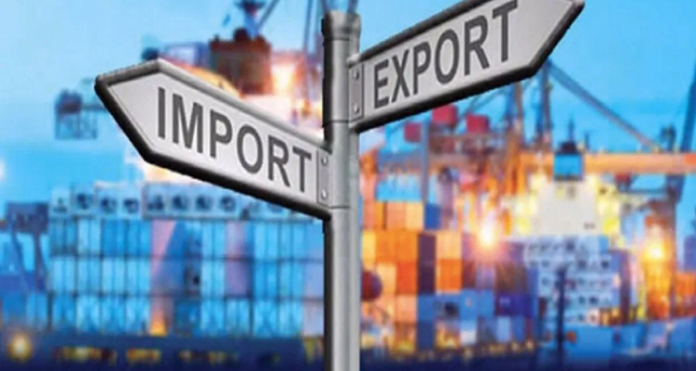Morocco’s trade deficit widened sharply to 50.74 billion dirhams by the end of February 2025, a year-on-year increase of 22.1%, according to the latest figures released by the Foreign Exchange Office.
This deterioration stems from a combination of rising imports and slipping exports. Imports climbed 7.4% to reach 124.2 billion dirhams, while exports dipped slightly by 0.8%, totaling 73.45 billion. As a result, the coverage ratio—measuring how much of the country’s imports are paid for by its exports—fell to 59.1%, down nearly 5 percentage points from the same period last year.
The import surge spanned across multiple product categories. Raw materials saw the steepest rise, jumping 23.5%, followed by food products, which increased 13.3%. Consumer goods and equipment imports also rose significantly, up 10.1% and 8.7% respectively. Semi-finished goods registered a more modest 3% increase.
On the export side, only a handful of sectors managed to post gains. Aerospace exports rose by 10.3%, phosphate and related products were up 6.3%, and the textile and leather industry eked out a 0.8% increase. Still, these pockets of growth weren’t enough to offset the overall decline in foreign sales.
The expanding deficit highlights mounting pressure on Morocco’s external supply chains, coupled with a slowdown in global demand for its exports. It’s a development that warrants close monitoring, particularly amid ongoing international economic uncertainty.





